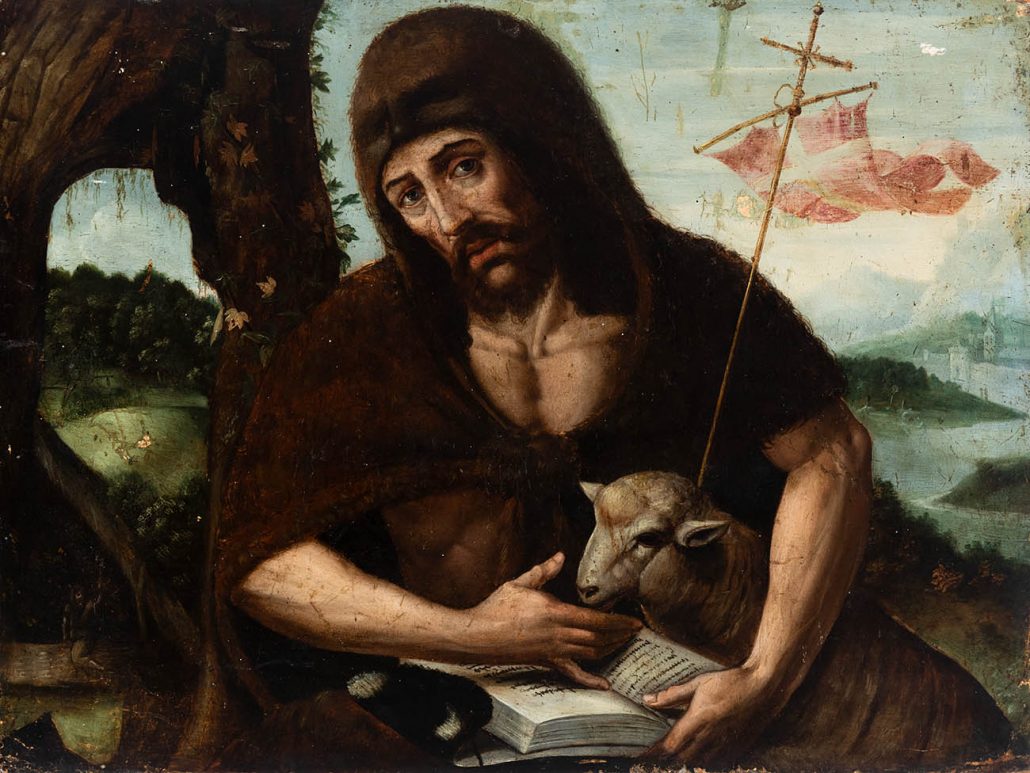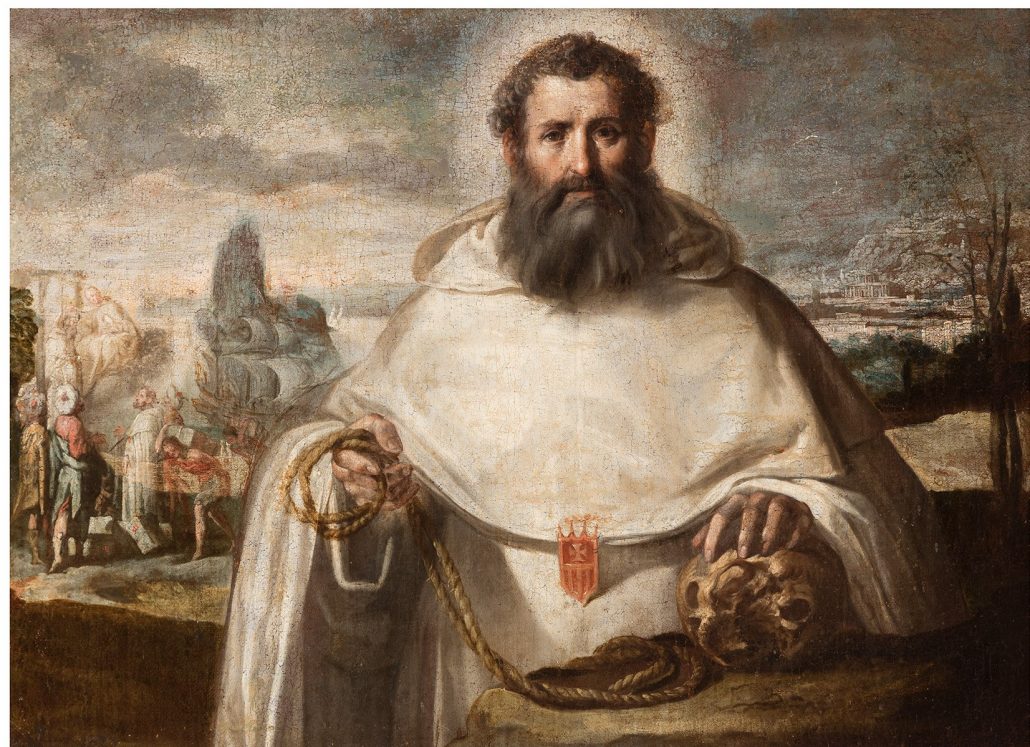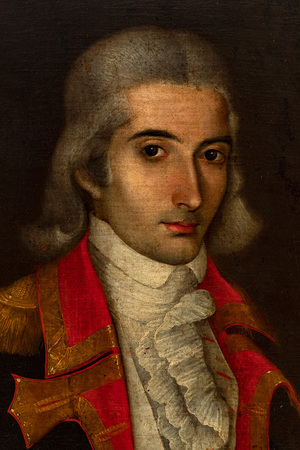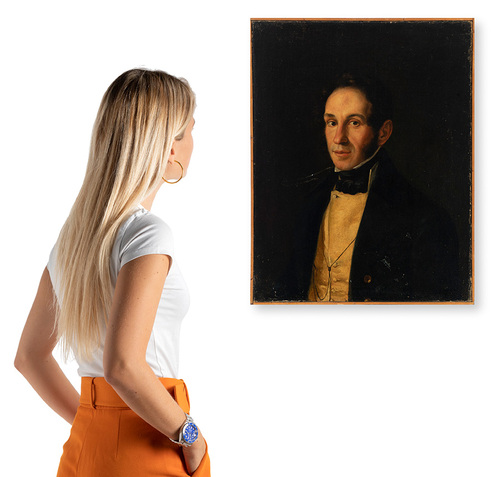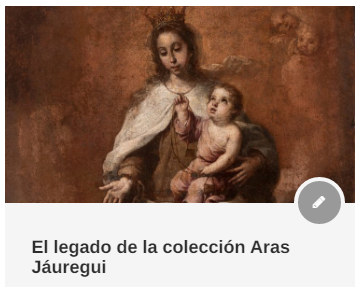The legacy of the Aras Jáuregui collection
Perhaps the greatest talent of a painter is undoubtedly the psychological capture of his model and the reflection of this in the work. The expressiveness of the characters usually comes from the poses and gestures in a theatrical gesture to be more evident. However, the most profound and at the same time subtle of these personal traits is found behind that small brushstroke of white inside a pupil. It is often said that the eyes are the mirror of the soul, a statement that makes sense just by seeing some of the force emanating from some of the works of the Aras Jáuregui legacy collection up for auction .
If we stop briefly before any of the works that we propose below, just a few seconds will be enough to start a immediate dialogue with the work itself . These pieces have been chosen from the entire catalog for their quality, depth and a common trait among them but atypical in ancient art. They all stare at us. His gaze is focused on the one who stands in front. Although this attitude before the viewer could be a sign of haughtiness or superiority, as one who looks challenging or denoting a superior position, you are not. The closeness with which they see indicates quality, humanity and a certain degree of tenderness. The naturalness with which it seems that a conversation is about to begin.
We start with a Saint John of the 15th century I. His face is so credible that it could even be the image of the artist himself. An archaic but close realism in which the saint with his hands embraces his attributes in the same way that one consoles himself by assuming his destiny.
The penetrating eyes of San Pedro Armengol direct and incisive. The typical white flashes of Antonio del Castillo in the incarnations are relegated to the background compared to the accurate touches of the pupils. The degree of realism that this work achieves makes it intimidating and at the same time so attractive that we cannot help but look away. A face so serene and close that it completely distances itself from the typical figures or impersonal models to which Baroque painters are accustomed to us. It looks like the image of a real man. Eyes that in their day must have caused the same effect on the artist as he looked at his model during the execution of the painting.
The image of power and position is often the common purpose among patrons and artists. Portraits are often a demonstration of achievement and pride to be admired by those who pass by. The vanity and self-centeredness they seem to have been key so that today we know the faces of the past.
In the case of the following portrait, this is not the case. We are possibly before one of the most distinguished military men in our history, a scientist and from what we see in his family letters a deeply human man. Cosme Damian Churruca the uniform of such a high military position wears so naturally that it seems a mere complement to the affable look he has. Being a man who would give his life in Trafalgar, the point of heroic remains in the background. Before us the eyes of a good man, a slight kind smile and a humble and simple expression.
Finally, a static portrait halfway between the rigidity required by the academicism of the neoclassical period such as the González Velázquez and Portaña , and in contrast to a young romanticism that begins to give its first samples. A gentleman stretched out like a mannequin looks at us attentively, interrupting his pose with a gesture of wanting to break his silence and start a dialogue.

